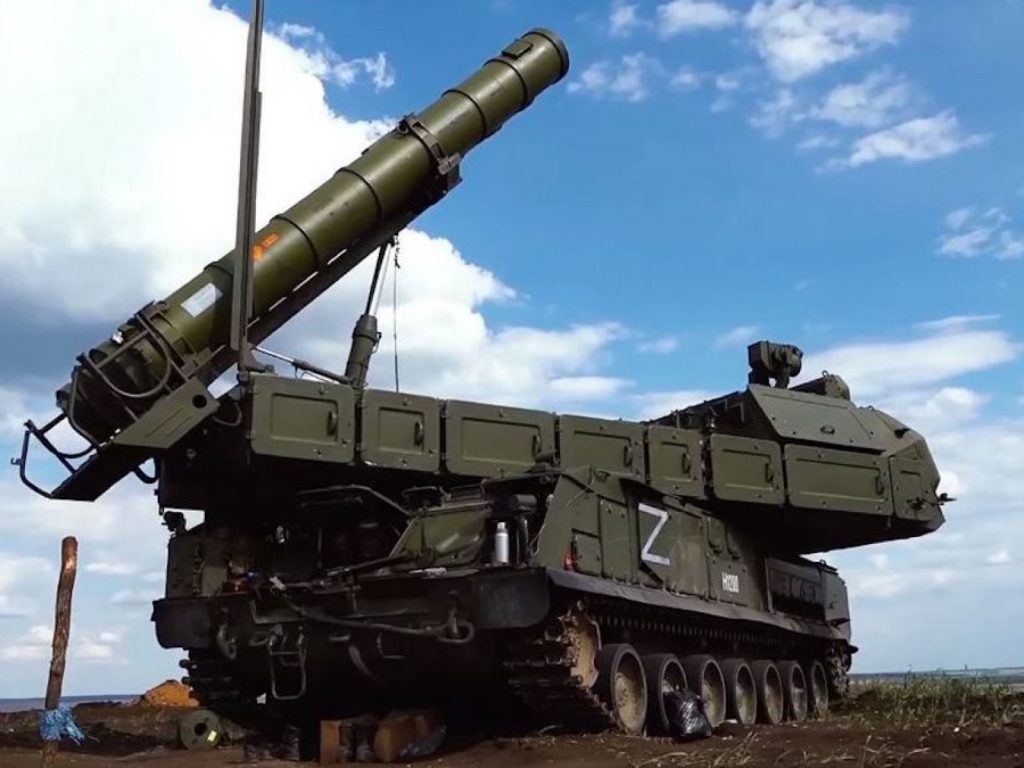 The tug-of-war concerning responsibility for the missiles that made their way into Poland a couple of weeks ago, killing two people, is by no means the first of its kind. What follows is a very short list of more or less similar incidents that took place over the last eight decades or so.
The tug-of-war concerning responsibility for the missiles that made their way into Poland a couple of weeks ago, killing two people, is by no means the first of its kind. What follows is a very short list of more or less similar incidents that took place over the last eight decades or so.
Early in the Spanish Civil War “mysterious” submarines, widely believed to be Italian, repeatedly attacked British, French, Soviet, and Spanish Republican vessels in the Mediterranean, damaging and sinking a number of them. In August 1937 alone there were ten such attacks. Italian dictator Benito Mussolini reluctant to escalate against Britain and France, all identifying marks were removed from the submarines ahead of time and all knowledge of the incidents was denied. At the conference of Nyon in November 1937 Britain, France, Italy, and several smaller powers were content to attribute the strikes to “pirates unknown.” In return for being given a free hand in continuing to assist Franco, Italy agreed to have regular Anglo-French patrols in the Western Mediterranean. For a time, indeed, Italian naval vessels kept patrolling the Tyrrhenian Sea, a classic case of the cat being put in charge of the cream. Needless to say, the submarines’ identity did not remain a secret for very long if, indeed, it ever had been. However, the Italian attacks did come to an end—and British Prime Minister Neville Chamberlain felt that appeasement had worked, an attitude that played a critical role in Munich a year or so later.
During the Korean War there took place numerous—no one knows how many—air combats between American and Soviet-built aircraft. Some of the latter were known to be flown by Soviet pilots, readily identifiable by their chattering with one another on the airwaves in Russian. With both the US and the USSR now in possession of nuclear weapons, the danger of escalation rose to a point never before equaled in history. However, the Soviets denied any direct participation in the war and the US Department of Defense kept the clashes secret as best it could. Thus both sides, each in its own way, cooperated in saving the world by pretending that nothing was the matter.
In the night of 5-6 September 2006 Israeli fighter aircraft attacked a Syrian nuclear reactor under construction northeast of Damascus, thoroughly demolishing it. However the Israelis, hoping to prevent Syria from reacting too sharply as well as limit the expected international denunciation, did not admit responsibility. Its feeble attempts to keep the matter under wraps were unavailing, though, since it took very little time for the truth to leak out. Still fifteen years had to pass before (by then former) Prime Minister Ehud Olmert assumed responsibility for the attack. Since then there have been any number of similar, if smaller, Israeli attacks on Iranian, Syrian and “terrorist” assets in Syria. However, since they have long become routine the media’s interest in them has been limited.
Malaysia Airlines Flight 17 (MH17/MAS17)], a scheduled passenger flight from Amsterdam to Kuala Lumpur, was shot down on 17 July 2014 while flying over eastern Ukraine. All 283 passengers and 15 crew were killed. The incident took place during the war in Donbas over territory controlled by Russian separatist forces. Responsibility for the investigation was delegated to the Dutch who concluded that the airliner had been downed by a surface-to-air missile launched from pro-Russian separatist-controlled territory in Ukraine. The missile, the Dutch reported, was a Russian Buk operated by the Russian 53rd Anti-Aircraft Missile Brigade. It had been brought up from Russia on the day of the crash, fired from a field in a rebel-controlled area, and the launch system returned to Russia soon afterwards. The report did not prevent those involved from blaming each other. Putin, for example, at one point came up with the preposterous claim that, had Ukraine agreed to the rebels’ demands, Malaysian Airlines Flight 17 would not have been shot down.
On 26 September 2022 alarm bells started ringing as pipes forming part of the Nord Stream 1 and Nord Stream 2 developed huge leaks. NATO, with Biden at its head, quickly started blaming the Russians. However, many observers found it hard to imagine why Putin would sabotage a system he controlled anyway. More likely, they said, it was the Americans who had done it in an attempt to reduce the EU’s dependence on Russia and put the latter at loggerheads with the former. A month earlier, on 7 February, Biden himself contributed to this interpretation by saying that, though the pipe was under German control, “we” had the capability of bringing the supply to an end.
To conclude, “unidentified” military operations are anything but rare. Each time one comes to light, all those involved as well as some of the uninvolved will say exactly what they consider useful, with no reference to “the truth;” even if doing so means performing a U turn, as happed to President Biden in reference to the missile that landed in Poland. Provided only it is considered useful by one or more parties no argument, however outrageous, is likely to remain unused.
If only it were not so dangerous, it would be funny.
